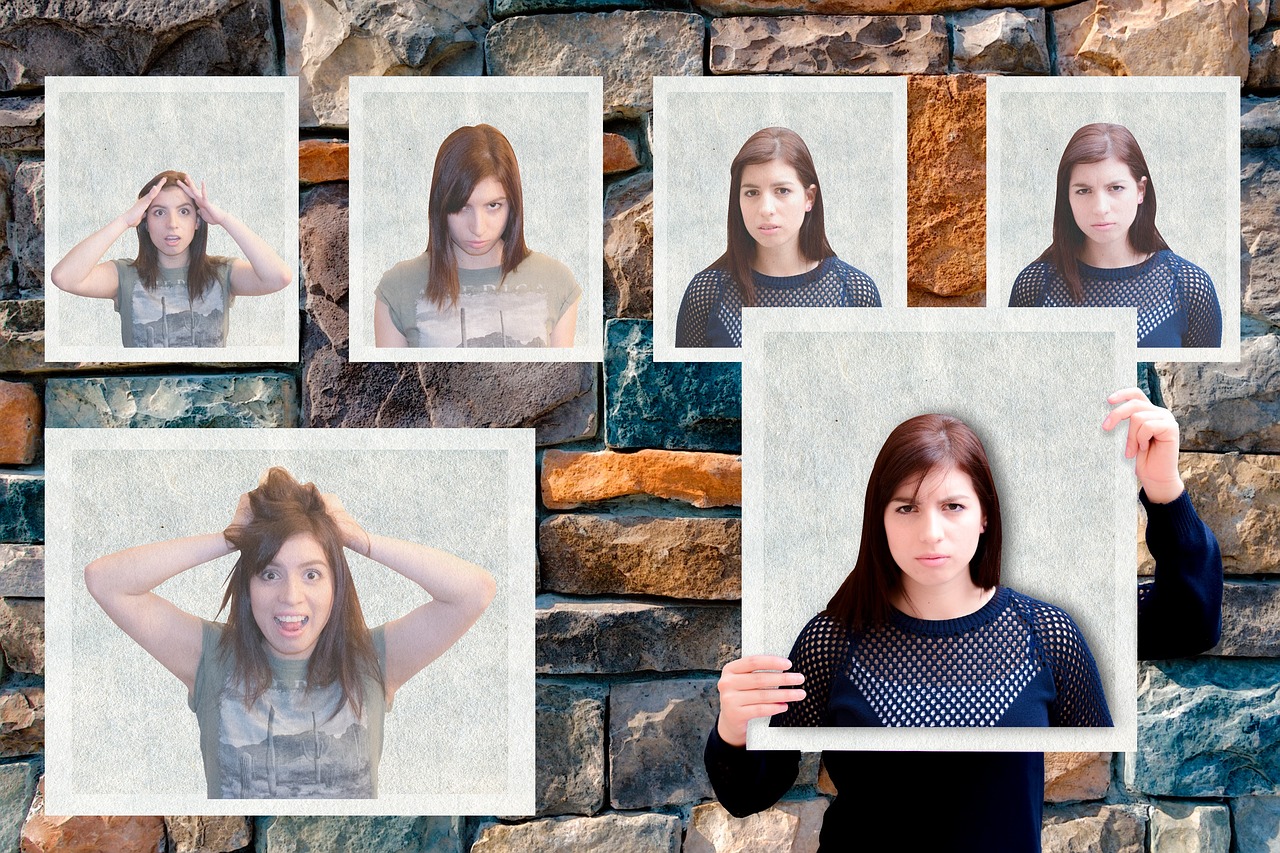The Silent Language: Decoding Body Communication in Today's Society
We often forget that words are not the only way we communicate. Our bodies speak volumes, conveying emotions and intentions more subtly and, at times, more accurately than words. This silent language, known as body language, plays a crucial role in our social interactions. Read below to delve into the fascinating world of non-verbal communication and its significance in modern society.

The Dawn of Body Language: A Historical Perspective
The concept of body language is not a new invention of modern society. It has existed since the dawn of time, even before language in its verbal form was developed. Early humans relied heavily on non-verbal cues for survival, as signals of danger, dominance, or submission were communicated through body postures, facial expressions, and movements. Over time, as societies evolved and the complexity of social interactions increased, so did the intricacy of body language.
The Art of Reading Body Language: A Societal Skill
In contemporary society, the ability to read body language has emerged as a key social skill. It aids in understanding others’ feelings and intentions, even when their words may suggest otherwise. For instance, a person’s crossed arms during a conversation may indicate discomfort or defensiveness, while steady eye contact often signifies confidence and honesty. This unspoken dialogue is an essential part of negotiations, interviews, and even social gatherings, enabling a more profound and accurate comprehension of human interactions.
The Digital Dilemma: Body Language in the Modern Age
The digital age has reshaped the way we communicate, with online interactions becoming a significant part of our lives. This shift has created a new challenge: how does body language translate in a virtual environment? Emojis, gifs, and video calls attempt to mimic and convey non-verbal cues, but they lack the nuance and immediacy of face-to-face interactions. The absence of physical cues in digital communication can often lead to misinterpretations and misunderstandings, underscoring the importance of body language in conveying clear and accurate messages.
Body Language and Cultural Diversity: A Global Perspective
Body language is not a universal language; it varies significantly across different cultures. What may be considered polite or positive body language in one culture may be seen as disrespectful or negative in another. For instance, maintaining direct eye contact is viewed as a sign of respect in many Western societies. However, in some Asian cultures, it may be perceived as disrespectful or confrontational. Understanding these cultural nuances is crucial in our increasingly globalized world, where cross-cultural interactions are commonplace.
The Future of Body Language: A Look Ahead
As society continues to evolve, so will the dynamics of body language. With advancements in technology, such as virtual reality and AI, the way we interpret and express non-verbal cues is bound to change. In addition, as the world becomes more diverse and interconnected, the need for a deeper understanding of cultural differences in body language will become even more critical. Thus, the silent language of the body remains a vital aspect of human communication, continually adapting to the rhythms of society.
In conclusion, body language, the silent language we all speak, plays a pivotal role in our social interactions. Its significance spans from historical perspectives to future implications, touching every aspect of our lives. As we continue to navigate the intricacies of human interaction in an ever-changing world, understanding this unspoken dialogue will remain a crucial societal skill.




